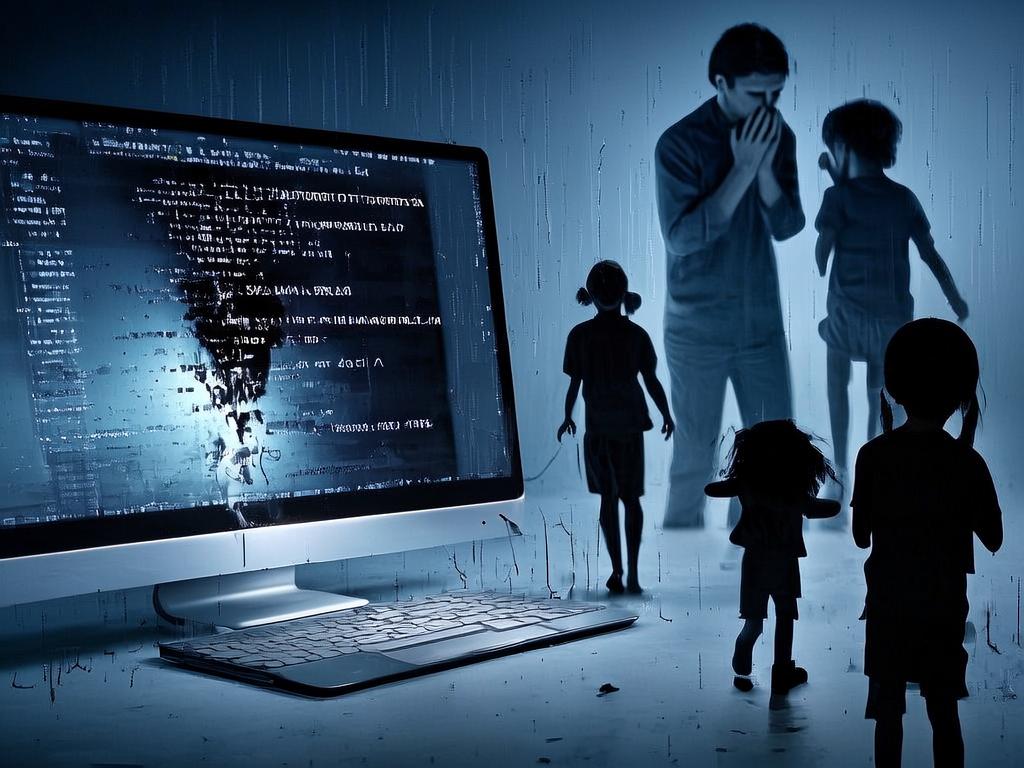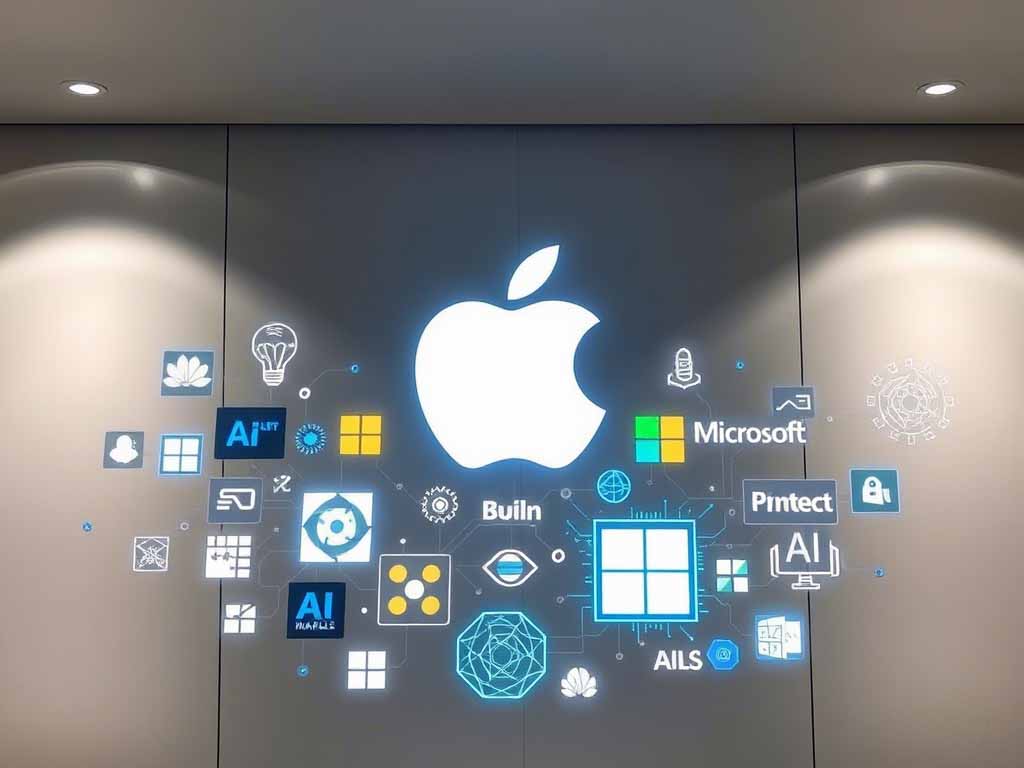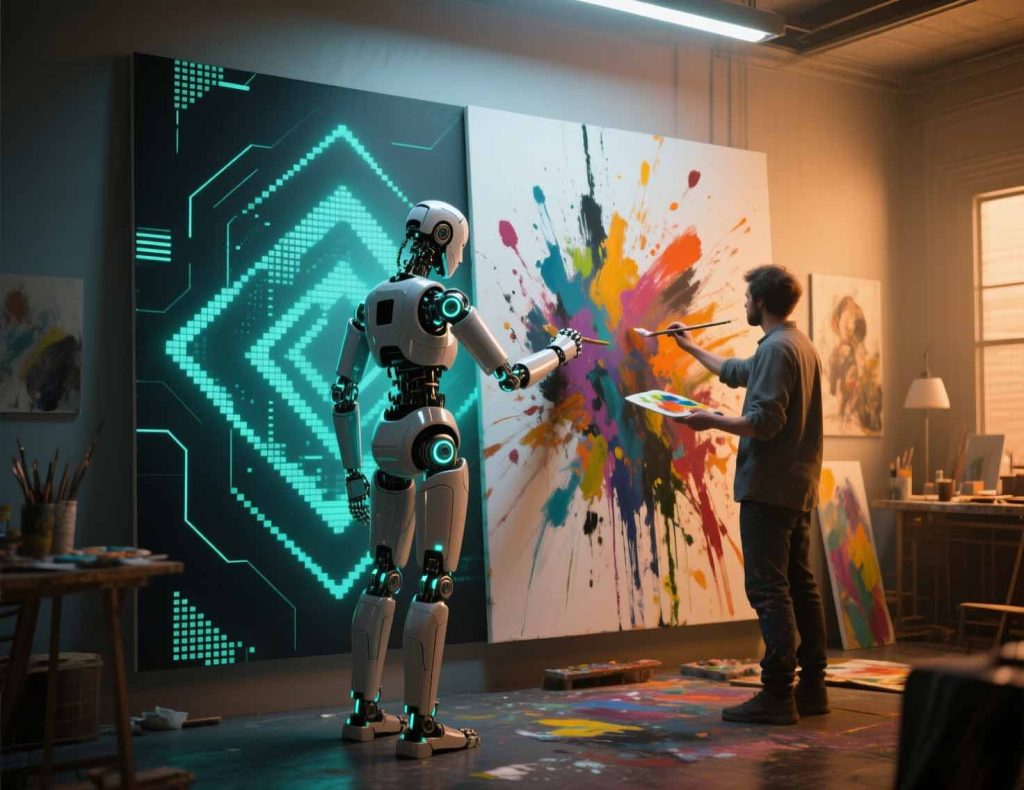— A wake-up call we can’t afford to ignore.
Imagine the future — AI writing poetry, composing music, creating art. Sounds inspiring, right? Now imagine that same technology being used to create fake but hyper-realistic images of child abuse.
Horrified? You should be.
According to a 2024 report from the Internet Watch Foundation (IWF), there has been a 5,000% spike in AI-generated child sexual abuse material (CSAM) online since 2022. Yes, five thousand percent. That’s not just a number — that’s a siren. Loud. Blazing. Deafening.
And we need to talk about it.
AI Isn’t the Problem — People Are
Let’s be clear: AI is just a tool. It doesn’t choose what to create — people do. You can use it to write bedtime stories, generate landscape art, or — in the worst corners of the internet — manipulate pixels into terrifying, artificial images that portray children in abusive, exploitative ways.
No physical child may have been present, but the damage is real.
Because this material doesn’t just “exist” online — it circulates, fuels dark fantasies, and validates predatory behavior. Even if AI-generated, these images normalize abuse, making it harder to distinguish between what’s real and what’s not. And that’s incredibly dangerous.
The Numbers That Should Keep Us Up at Night
The IWF, which works relentlessly to identify and remove child sexual abuse material online, reported:
- A 5,000% increase in AI-generated child sexual abuse images between 2022 and 2024.
- Many of these images are hyper-realistic, indistinguishable from real photos.
- Some images even depict children crying, screaming, or appearing in distress — digitally synthesized, but emotionally and psychologically disturbing.
These aren’t just “deepfakes” for prank videos. These are synthetic crimes.
The Emotional Toll — Even If the Child Isn’t “Real”
You might wonder: If no actual child was harmed in creating the image, is it really abuse?
The answer, in the eyes of experts, is a resounding yes.
Here’s why:
- Victimless crime? Not exactly. These images can be based on real children’s faces and bodies pulled from social media — without consent.
- Real consequences: They perpetuate pedophilic behavior, creating demand and desensitization.
- Future victims: Today it’s AI-generated; tomorrow it could inspire real acts of abuse.
Psychologically, the harm also extends to society’s collective safety net. The more we tolerate — or even overlook — this kind of material, the more we erode our shared protection of innocence.
A Bit of Sarcasm (Because We’re Mad, Not Just Sad)
So… we created AI to help us write better emails and generate cat images faster, and now it’s helping predators create fake images of children being abused?
Wow, humanity. Great job.
We made magic, and some folks turned it into a monster.
But as much as we want to smash keyboards and yell into the void, we also need action.
Nature vs. Nurture — And Tech
There’s something beautifully ironic about this mess.
We, as a species, look to nature for peace, simplicity, growth — and yet, here we are, using unnatural, synthetic technology to simulate the ugliest parts of ourselves.
Children are the most natural thing on Earth. giggle when the wind blows their hair. They scream at bugs. They chase butterflies and believe the moon follows them.
And then, somewhere in the shadows of the internet, AI turns this innocence into horror.
What Can Be Done?
Thankfully, people are fighting back. Hard.
1. The IWF is on the Frontlines
They’re calling for stricter regulations, better AI detection tools, and international cooperation. They’re scanning millions of images daily to flag and remove harmful content.
2. Tech Companies Need to Step Up
Meta, Google, OpenAI, and others have a moral duty. They built the tools — they can build the guardrails. We need:
- Better AI content moderation
- Preventative filters on image generators
- Clear ethical use policies
3. Legal Systems Must Catch Up
Currently, some countries don’t even have laws specifically addressing AI-generated CSAM. That’s like going to war with wooden swords.
Governments need to:
- Update legislation to criminalize synthetic abuse content
- Fund AI-detection research
- Collaborate internationally — because the internet has no borders
And What About Us?
You, me, all of us?
We can:
- Report any suspicious material online — real or AI-generated
- Educate ourselves and others about the issue
- Demand better protection from platforms we use daily
Even if we’re not tech wizards or policy makers, we are humans — and humans protect their young. That’s who we are.
read more about Ai



